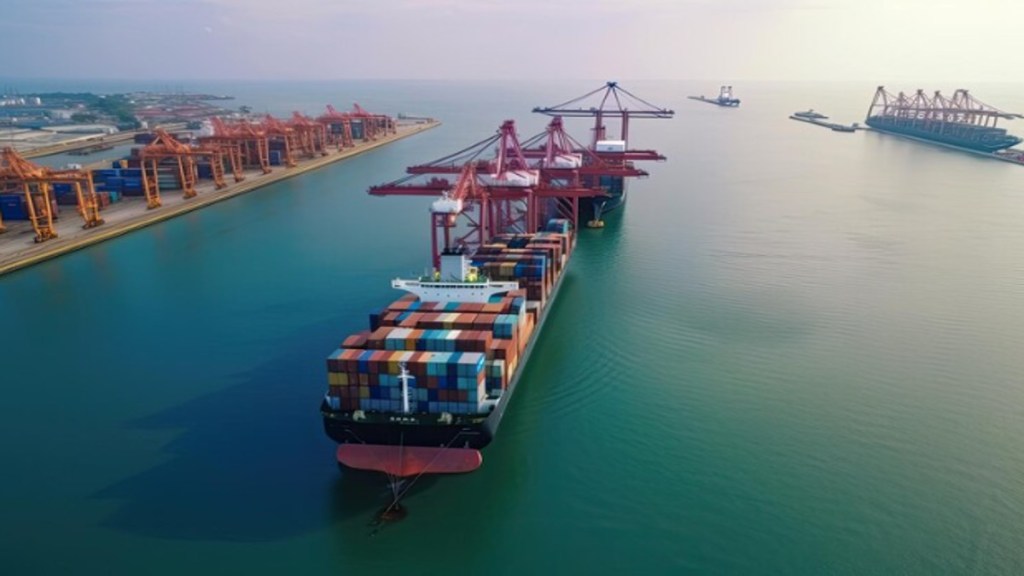India’s merchandise exports are facing a serious slump, with no real prospect of a meaningful recovery in the medium term. Shipments shrank 3.1% in FY24, a rarity for an emerging economy like India. Export contraction can be understood only under extraordinary circumstances, like the Covid-19 pandemic. In April-August this year, goods exports grew just 1.1%, despite a very favourable base. The contraction in exports was 9.3% in August, the sharpest since July 2023, precipitating a 10-month high trade deficit of close to $30 billion in the month, and causing worries on the current account front to re-emerge. A softer crude oil price cannot be blamed for low exports or high trade deficit, as this cuts both ways (by reducing both oil import bill and the value gains from export of petroleum products). To be sure, non-oil exports too were flat in August.
The fact is the export crisis has much to do with structural issues of the economy that have no quick fixes. Rising labour costs that aren’t compensated through overall productivity gains, and logistical constraints, are also hampering shipments. To a certain extent, exporters have managed to cope with the loss of conventional export markets via market diversification. In the four years to FY24, India’s goods exports to other Asian countries dropped from 45% of its total exports to 40%, while that to Europe rose from 20% to 24%. Obviously, exporters are in search of pricing power to make ends meet. Also, marked gains have been made in relatively high-tech products, like electronics, even though net value gains from foreign trade in these import-intensive products are very low.
Analysts foresee a prolonged period of lower oil prices, given that Opec-plus oil producers are reportedly planning to scale up output. This would mean that India’s export figures are unlikely to get a boost from the (low-value-addition) petroleum product exports in the short term. At the same time, an influx of gold imports after the recent duty cuts on the yellow metal, and a possible surge in imports of solar panels, steel, electronics, etc. from China following imposition of higher tariffs by the US could widen India’s trade deficit. At a broader level and in long-term interest, reforms aimed at productivity gains are the solution for the export slump. An open-ended tax remission scheme that will ensure “zero rating” of exports must be a primary and essential element of these.
However, at the moment, exporters are also struggling with immediate issues like rising freight cost, shipping delays, shortage of containers, and congestion at ports. The government has taken a few steps like asking the state-run Shipping Corporation of India to acquire five new functional container ships and other agencies involved in export logistics like Concor and state-run ports to reduce their tariffs to help exporters tide over the crisis. But, for India to get a handle on its own export-import (exim) cargo, Indian shippers must raise their share in it. Vessels flying the Indian flag should be carrying at least a third of the country’s exim cargo, up from a dismal 7-8% now. While major headway has been made in augmenting India’s port capacities and port-related infrastructure, investments in ship-building and acquisition of vessels by domestic shipping companies have maintained a tardy pace. Larger domestic shipping/container capacities would give Indian shippers better access to global sea routes, trans-shipment ports, and control over freight rates and schedules.


